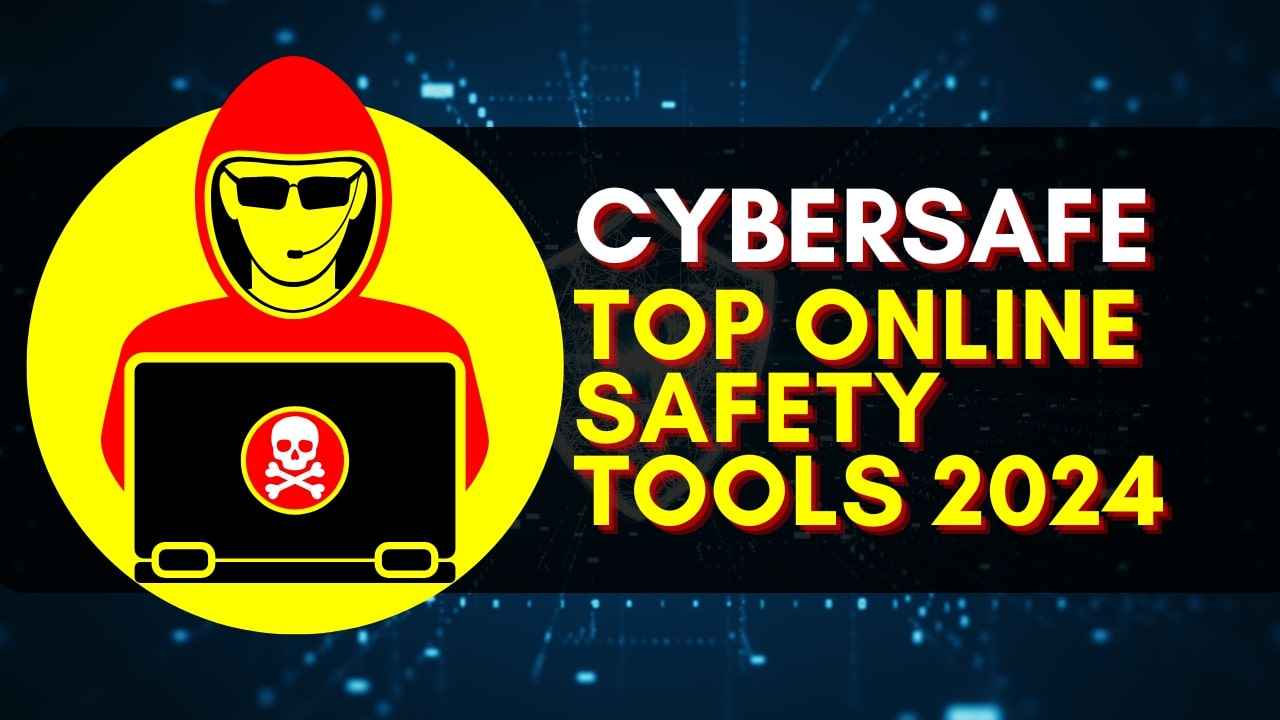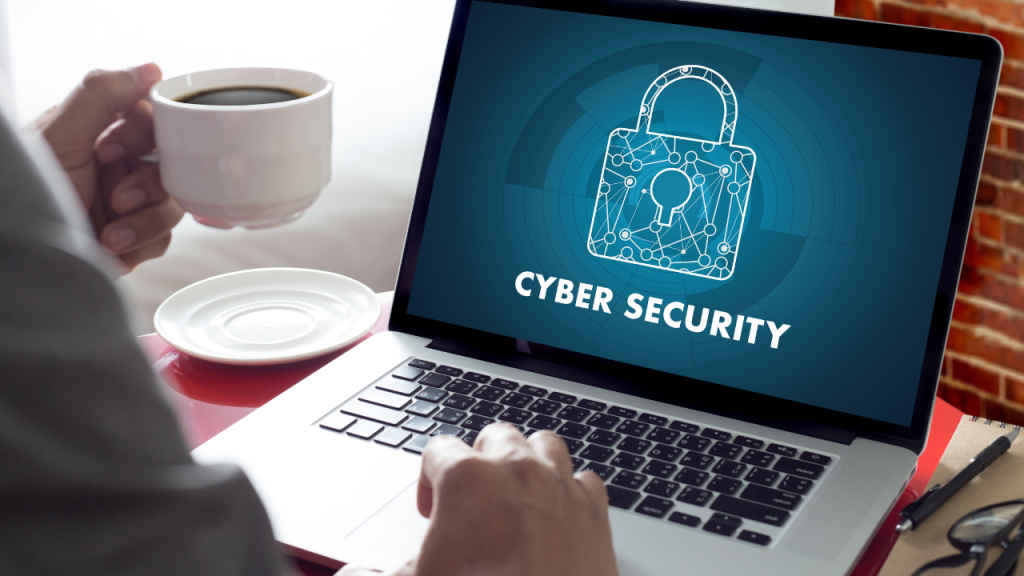Top online safety tools to strengthen your cybersecurity in 2024

As we continue to spend more time online, we are constantly at threat from unknown cybersecurity events. Staying safe requires vigilance and the right tools at your disposal.
 Survey
SurveyAlso read: Social media security 101: How to protect your digital life
This article serves as your one-stop reference for fortifying your cybersecurity posture, highlighting essential security software tools, educational resources, and steps to conduct a personal security audit.
Recommended security software and tools
Building a robust defence against online threats requires a layered approach. Let’s explore some essential security software tools that can act as your first line of defence:
Antivirus and Anti-Malware
Norton 360 (Windows, Mac, Android, iOS): Provides comprehensive protection against viruses, malware, spyware, and ransomware. Additional features include:
- Secure VPN
- Dark web monitoring
- Password manager
Also read: How to defend against social engineering attacks: Cybersecurity’s human element
Bitdefender Antivirus Plus (Windows, Mac, Android, iOS): Offers advanced threat defence, multi-layered ransomware protection, and a user-friendly interface with minimal system impact.

Kaspersky Internet Security (Windows, Mac, Android, iOS): Awarded for its excellent malware detection capabilities and additional features like:
- Parental controls
- Safe browsing tools
- Secure connection for online banking
Firewall Applications
ZoneAlarm Free Firewall (Windows): A good free option that monitors incoming and outgoing traffic, blocking suspicious activity and unauthorised access attempts.
Eset Smart Security Premium (Windows, Mac, Android, iOS): Provides robust firewall protection alongside comprehensive security features:
- Antivirus and anti-malware
- Anti-phishing
- Network attack protection
Password Managers
LastPass (Multiple platforms): Securely stores and manages passwords across devices, offering strong password generation and autofill functionalities. Integrates with major browsers and applications.
Also read: How to protect from phishing attacks and practice safe browsing
1Password (Multiple platforms): Renowned for its robust security features and ease of use. Offers:
- Secure password sharing
- Travel mode (stores sensitive data locally)
- Dark web monitoring (additional subscription)
Dashlane (Multiple platforms): Another excellent option with advanced features like:
- Secure password sharing with family/friends
- Data breach monitoring
- Secure document storage

VPN Services
ExpressVPN (Multiple platforms): Offers top-tier encrypted internet access, IP masking, and a vast global server network to bypass geo-restrictions.
NordVPN (Multiple platforms): Known for its strong focus on privacy and security. Features include:
- Double VPN (extra layer of encryption)
- Strict no-logs policy
- Threat protection
Also read: Cybersecurity 101: Common cyber threats and online safety concepts explained
Additional Security Considerations
- Multi-Factor Authentication (MFA): Enable MFA wherever possible for an extra layer of login security.
- Regular Software Updates: Ensure your operating system, applications, and firmware are updated promptly to address security vulnerabilities.
- Phishing Awareness: Be cautious of suspicious emails, text messages, or calls urging you to click on links or disclose personal information.
Educational resources for cybersecurity preparedness
- Cybrary (Online): A comprehensive platform offering free cybersecurity courses for beginners to advanced users, covering topics like ethical hacking and information security.
- SANS Institute (Online): Provides in-depth cybersecurity training courses and certifications recognised globally.
- National Institute of Standards and Technology (NIST) (Online): Offers a wealth of resources and publications on cybersecurity best practices and frameworks.
- Open Web Application Security Project (OWASP) (Online): A valuable resource for developers and security professionals, providing guidance on securing web applications.
Remember, this isn’t all there is to being digitally safe online.
How to conduct a personal security audit
Here’s how to conduct a comprehensive personal security audit to identify potential risks and fortify your digital defences.
Also read: Online safety for children: Guide for parental controls and monitoring tools
Inventory Your Digital Assets
- Make a list: Social media accounts (Facebook, Twitter, Instagram, etc.), online banking platforms, email providers, cloud storage services (Dropbox, Google Drive, etc.), online shopping accounts, and any other platforms where you have a digital presence.
Scrutinise Your Security Measures
- Password Strength: Utilise strong, unique passwords for each platform. Consider using a password manager like LastPass, 1Password, or Dashlane to generate and securely store complex passwords.
- Two-Factor Authentication (MFA): Enable MFA wherever possible. This adds an extra layer of security by requiring a secondary verification code during login, typically sent to your phone.
- Software Protections:
- Antivirus and Anti-malware: Ensure you have reputable antivirus and anti-malware software installed and running on your devices. Popular options include Norton 360, Bitdefender, and Kaspersky.
- Firewall: Consider using a built-in firewall (Windows Defender Firewall) or a third-party option like Eset Smart Security Premium.
Deep Dive into Data Sharing and Storage
- Review Privacy Settings: Limit the information publicly visible and restrict who can contact you.
- Data Breach Monitoring: Services like Have I Been Pwned? (https://haveibeenpwned.com/) allow you to check if your email address has been compromised in any known data breaches.
- Secure Storage: Utilise encrypted cloud storage services like Google Drive or Dropbox with strong passwords enabled for sensitive data.

Additional Resources
- Online Security Checkups: Several websites offer free security assessments. A popular option is Privacy Checkup by Google (https://support.google.com/accounts/answer/162744?hl=en), which helps you review your Google account privacy settings.
- Educational Resources:
- National Institute of Standards and Technology (NIST) Cybersecurity Framework (https://www.nist.gov/cyberframework) provides a guide for managing cybersecurity risk.
- Open Web Application Security Project (OWASP) (https://owasp.org/) offers resources on securing web applications and preventing common attacks.
In an age where digital threats are ever-evolving, staying informed and proactive is your best defence. By utilising the recommended tools, regularly auditing your personal security measures, and educating yourself through trusted resources, you can significantly enhance your online safety and protect your valuable digital assets.
Also read: How to secure your devices: Updates, antivirus and mobile protection
Team Digit
Team Digit is made up of some of the most experienced and geekiest technology editors in India! View Full Profile